Ever since the COVID-19 pandemic, the popularity of food delivery applications has been soaring. Over the years, the revenue earned from these on-demand services has exceeded $22 billion. Looking at all these numbers, experts anticipate the revenue to go beyond $31 billion by 2025. This clearly indicates an opportunity to join this market.
But how can you navigate the evolution of food delivery application development and stay ahead?
Undoubtedly, more than half of the customers prefer convenience in today’s scenario. That’s why the idea of on-demand food delivery solutions is pretty appealing. In fact, big names like Uber Eats, Postmates, and Grubhub have already made a mark, proving that new food delivery apps can also do well. Moreover, these giants started smartly with MVPs that focused on meeting essential user needs.
However, entering and sustaining amidst these global giants can be challenging, considering the dynamic nature of the market. Don’t worry! Even small startups can still find a profitable spot in the market with thoughtful planning guided by industry insights. This blog will discuss how you can win over the market and create a mark in 2024.
Tips to Win Over the Market
While some might argue that the food delivery app market is saturated, our expertise as a food delivery app development company in New York, USA, tells us that there is perpetual space for innovation.
But the question arises: how do you win over such a market? Here are a few of the tips:
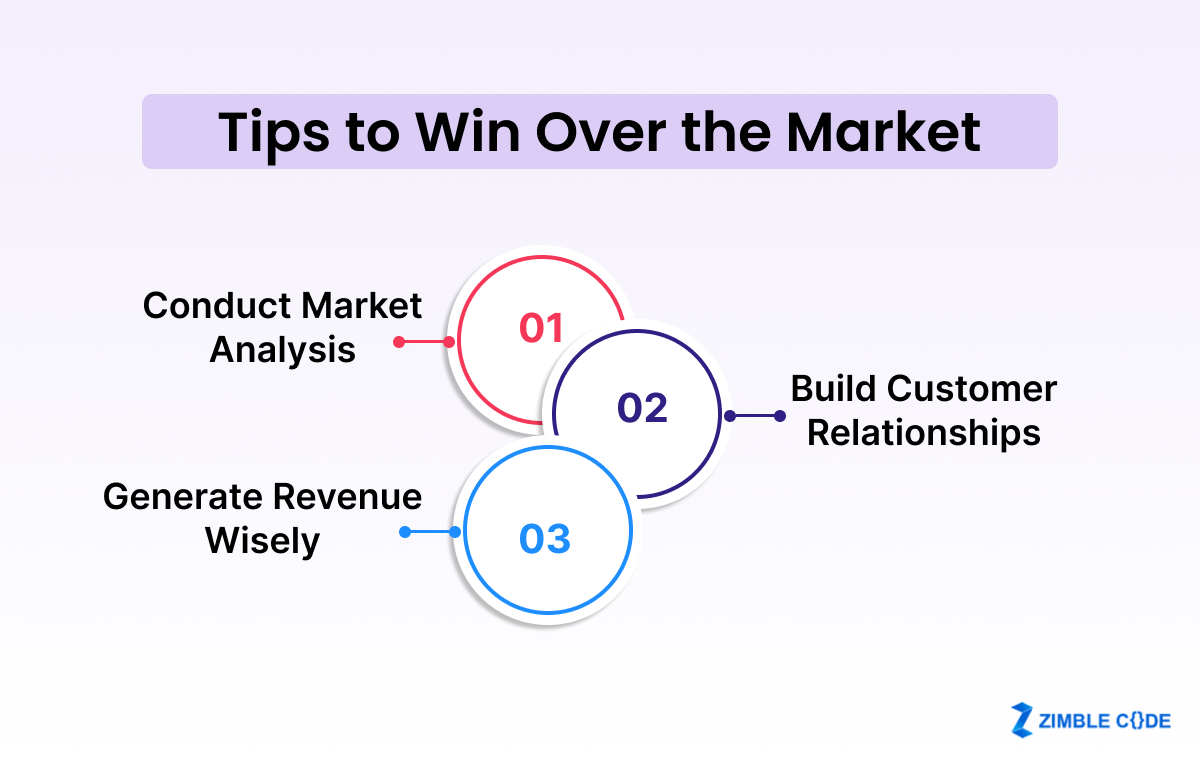
1. Conduct Market Analysis
In crafting a food ordering app, it is crucial to distinguish it from others. Validating the idea of creating a food ordering app begins with understanding how to leverage the concept. Continue your journey with thorough and meticulous market research, providing valuable insights on how to proceed and effectively develop your food delivery app.
You must continue by outlining essential features, integrations, UI/UX, and other systems to build a Minimum Viable Product (MVP). Next, determine key partners and devise a plan for core activities, resource allocation, and the value proposition. Once done, identify the necessary components for creating a distinctive food-ordering app. The brain-storming must revolve around:
- Expanding your user base
- Promoting your application.
- Grasping collaborative strategies.
Next, it is time to approach the restaurants and enlist them in your database.
2. Build Customer Relationships
Understanding your end-users is a crucial aspect of creating a food-ordering app. When users have choices for food orders, the primary audience often consists of busy professionals who prefer online food ordering. While there are other market segments you can target, these individuals form your primary market. Therefore, it is essential to identify key factors that will attract the largest demographic to your application.
Furthermore, utilize the influence of social media and other channels to establish your presence. After you build a delivery app, consider offering discounts and other incentives to enhance user engagement. More important than customer acquisition is retaining the customer to use the application. So, your focus should be on the following:
- Giving some discounts
- Effective customer support
Before entering the market, it is essential to examine the revenue aspect by examining the cost structure of creating a food delivery app.
3. Generate Revenue Wisely
As the MVP cost depends on feature integration and the app’s size, so you must decide the type of food-ordering app you want to develop. Undoubtedly, identifying the target market segment is a crucial step in this process. But as a business owner, you must also consider operational expenses, including employee training and infrastructure setup, apart from development costs. The initial setup cost can be high, prompting founders to start with a food-ordering app and scale up as they expand.
There are two primary methods:
- Restaurant Fee: This fee accounts for the commission from restaurants based on the total order value. As your app gains traction, you can also propose a subscription fee for restaurants to be featured prominently.
- User Fee: Users can pay a fee based on their order value, primarily for delivery services. To enhance engagement, set a minimum order limit and offer free delivery for orders above that threshold.
How Can You Create A Food Ordering App?
Building a food ordering app requires proficiency in managing back-end and front-end functionalities. You can also hire a highly sought-after food delivery app development company in New York to handle your entire application development life cycle.
You must start with idea validation and progress through creating mock-ups, wireframes, and UI/UX designs. The front-end development services encompass the following:
– Crafting the user interface
– Sequencing user-interface interactions
– Designing buttons and screens
Further, to create a robust food delivery app, grasp the utilization of a next-gen technology stack for various functions. This involves:
• Database development
• Logistics control
• Data management
• Authentications and API Integrations
• Setting up third-party services
Read Also – How AI is Changing the Online Food Delivery Industry?
Wrapping Up!
The rapid growth of mobile food delivery has swiftly transformed into an indispensable service. While abundant investment opportunities and intense competition exist, you can enhance your success with a business strategy and food delivery app development. The best move to achieve such success is to contact a trusted app development company in New York like ZimbleCode and seek their tailored on-demand food delivery app development services. So, buckle up and get started today!
Frequently Asked Questions (FAQs)
Q1. How much time is required for building a food delivery app in New York, USA?
Developing a basic version of a food delivery app typically takes 3 to 6 months, while complex ones may extend to a year or even longer.
Q2. How much does it cost to create a food delivery app?
The development cost for a food delivery app varies, typically falling between $40k and $300k, depending on the app’s complexity.
Q3. What advantages come with creating a food delivery app?
On-demand food delivery apps contribute to heightened restaurant sales, improved revenue, streamlining the food ordering process, fostering repeat sales, and many more.

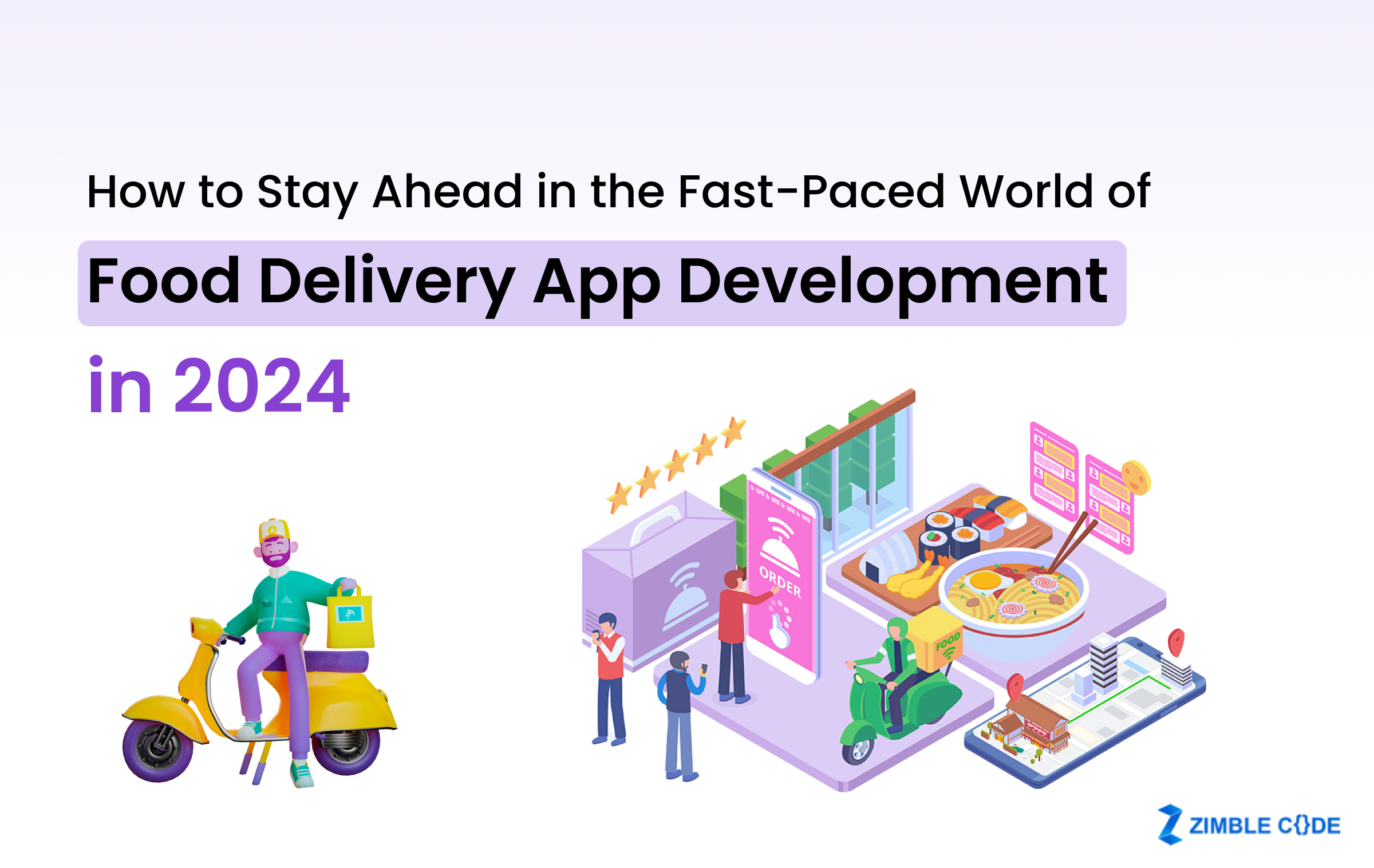
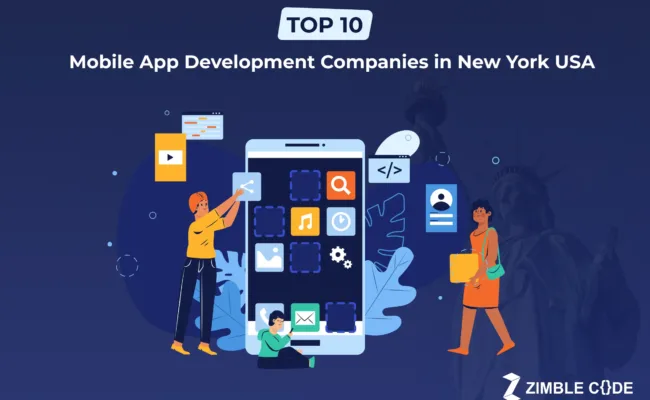
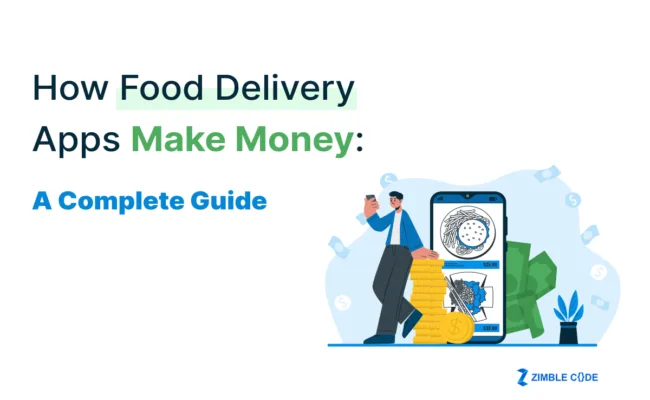
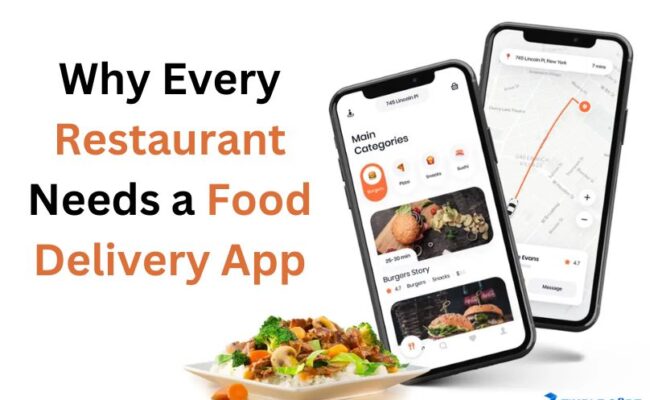
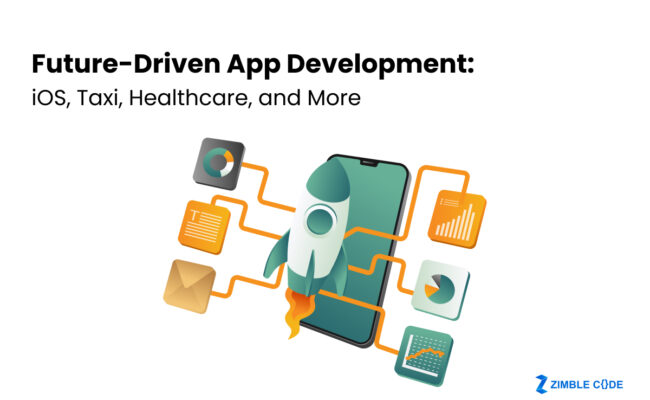
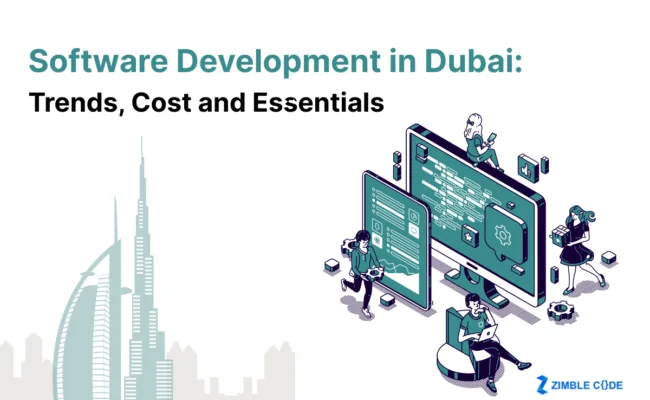

Leave A Comment